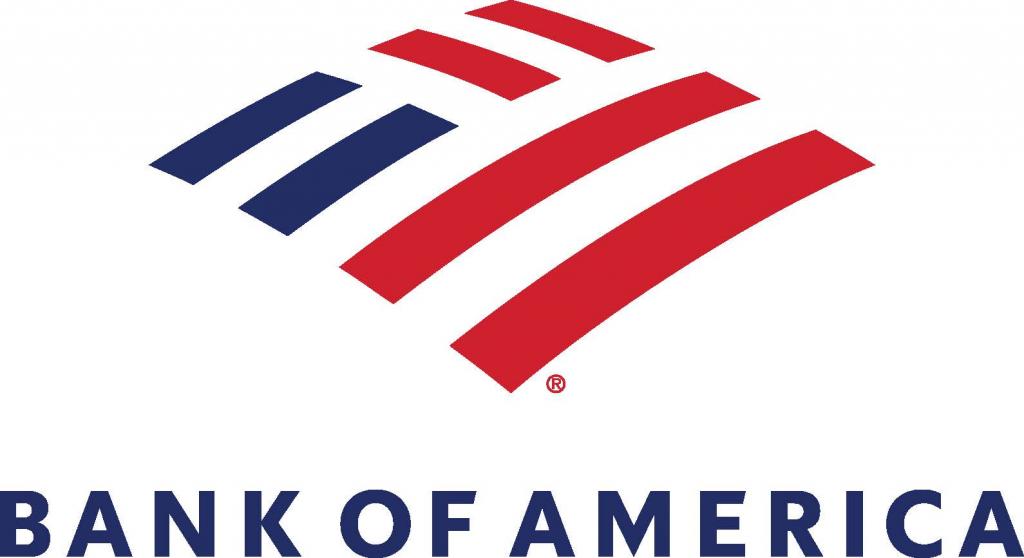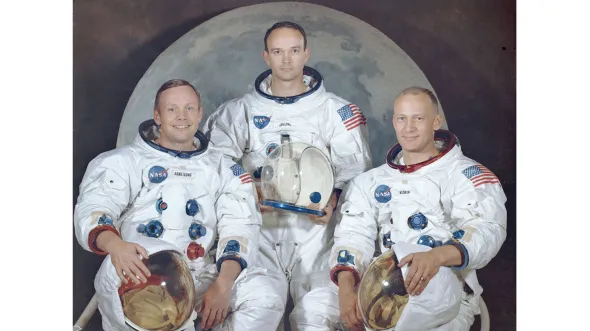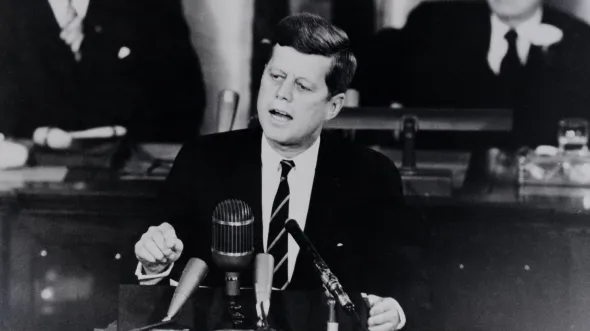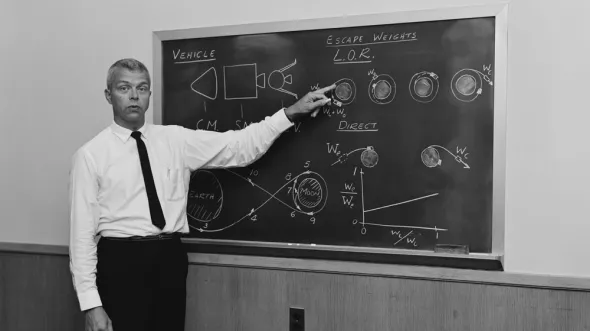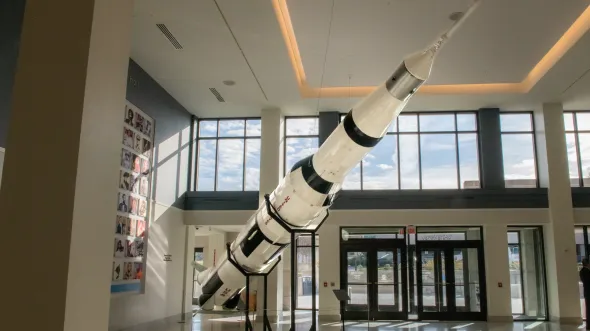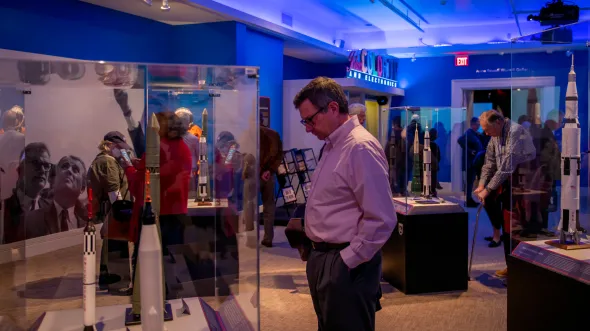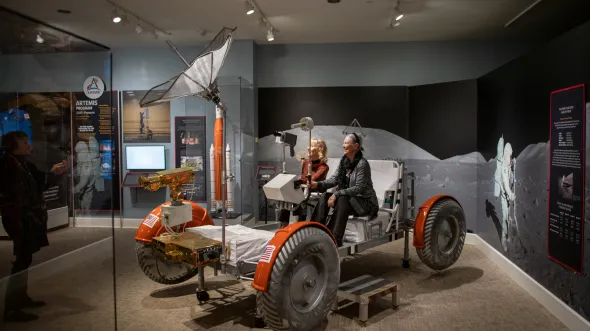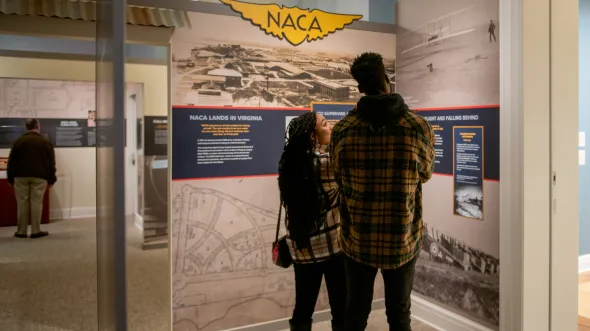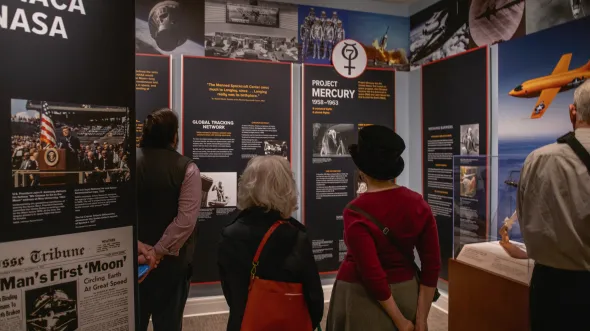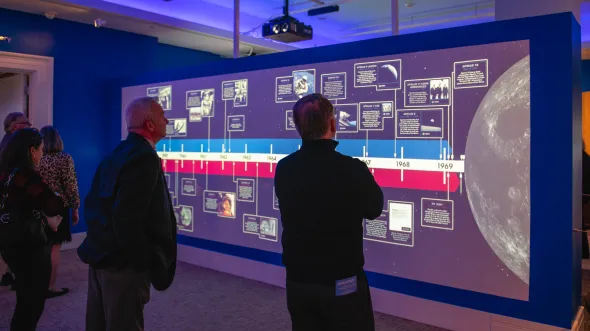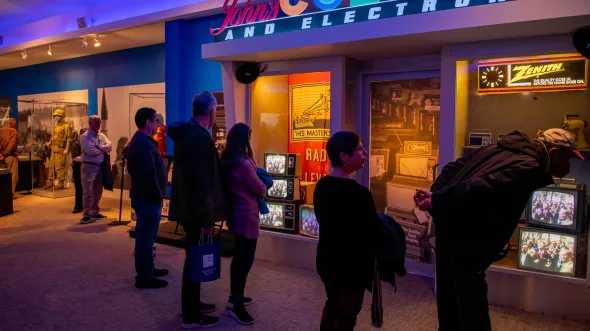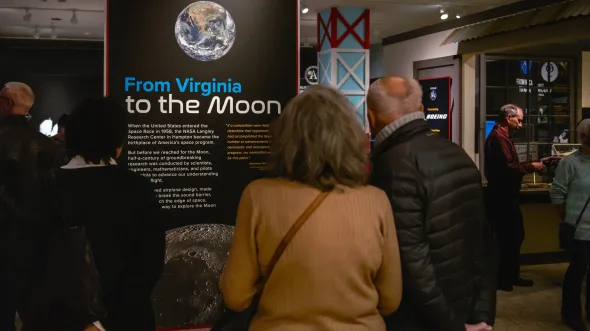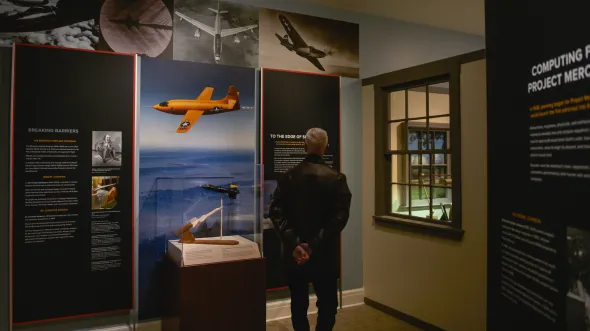About the Exhibition: Apollo: When We Went to the Moon chronicled the timeline from the beginning of the Space Race – a time when the U.S. and Soviet Union competed over their accomplishments in space exploration – to the collaborative culture of the International Space Station program and beyond. Through objects and artifacts from the U.S. Space & Rocket Center’s archives that set the scene for the era, it explored the social and political forces that pushed these nations to sacrifice man and machine in order to be the first humans to set foot on the moon. Exhibition visitors were able to experience the best of technology and exploration through the eyes of the engineers and in the boots of the astronauts who took us to the moon 50 years ago.
Apollo: When We Went to the Moon
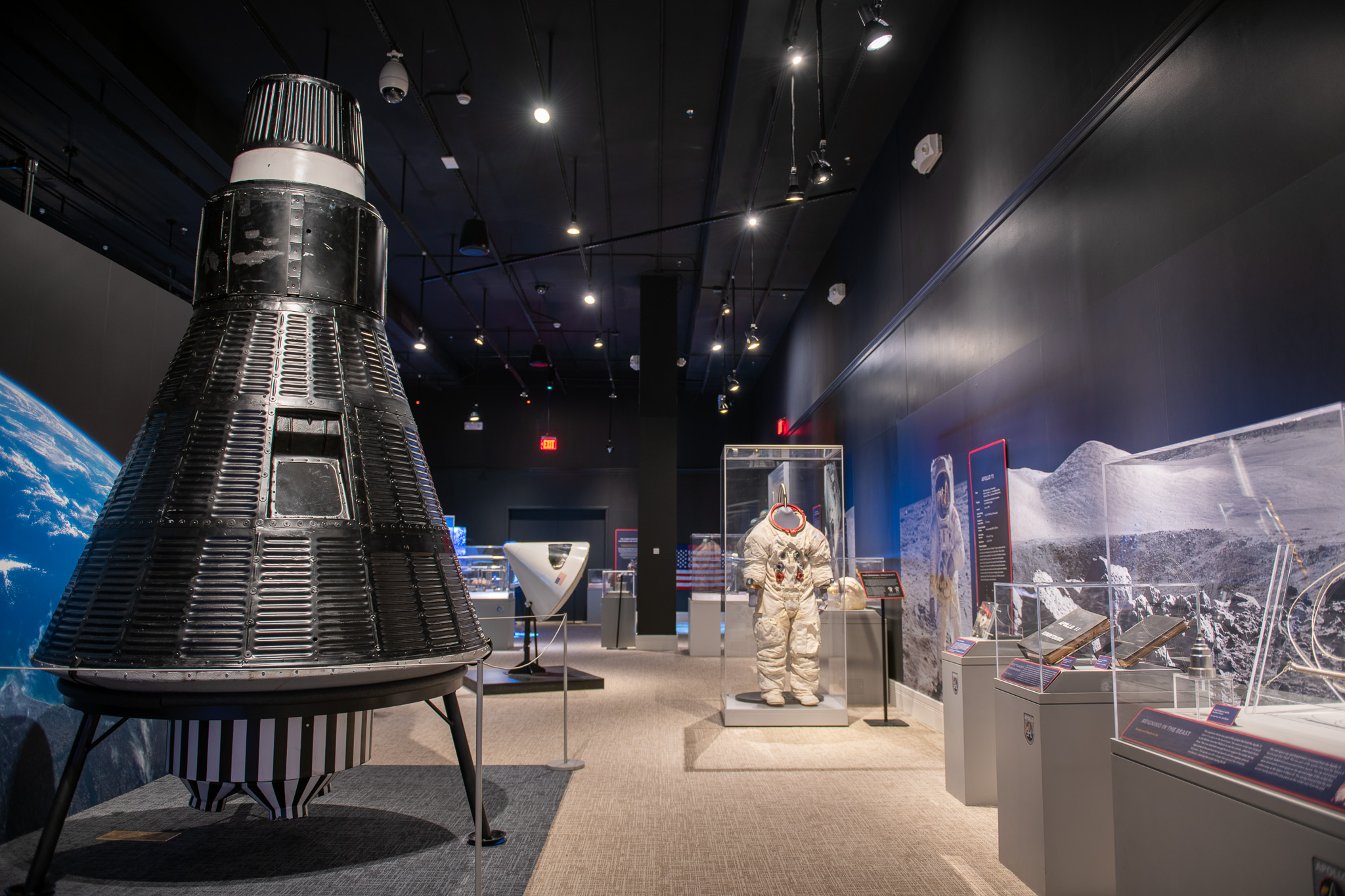
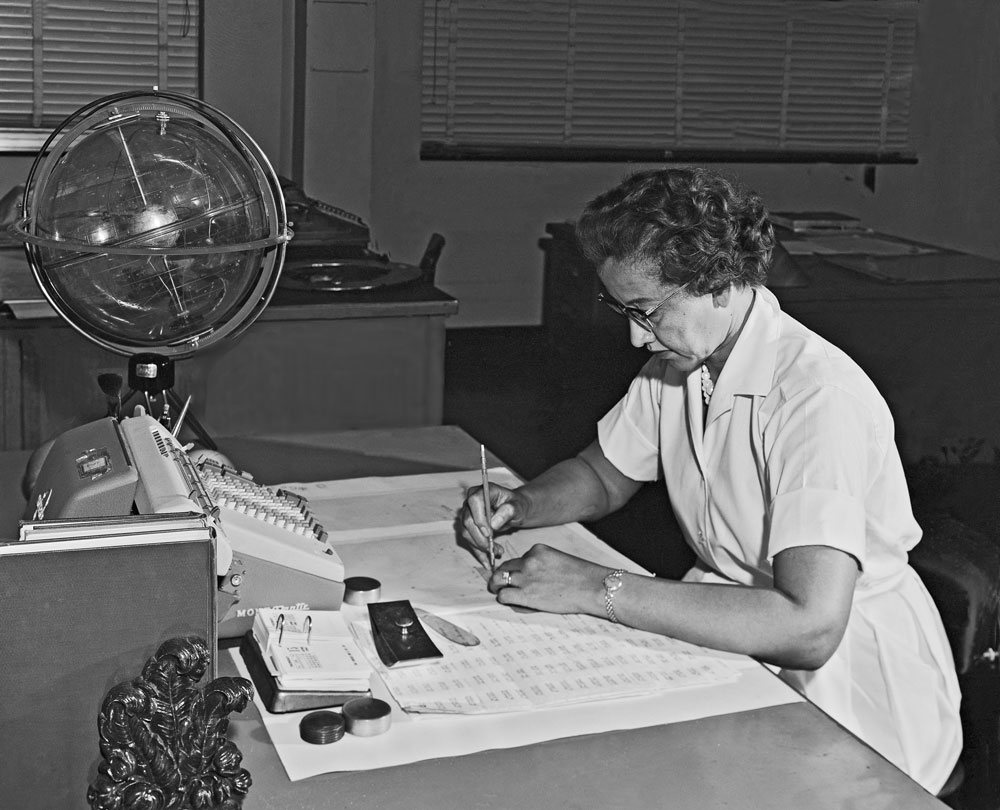
Katherine G. Johnson at work, 1962. Photo by Bob Nye, courtesy of NASA Langley Research Center.
Apollo & Virginia: The Apollo 11 Moon landing (July 20, 1969) forever changed our understanding of humanity’s limitations and furthered man’s collective fascination with interplanetary travel. While humankind is certain of when we got to the Moon, many do not know the important role Virginia played in getting us there.
The history of NASA’s Langley Research Center in Hampton reveals the complex and sometimes dangerous work that needs to happen to take us to infinity and beyond. The VMHC partnered with Langley to present a special section of the exhibition that explored Virginia's place in the story of how the U.S. went from having the smallest aeronautics program in the Western world to becoming the first nation to land an astronaut on the Moon.
Exhibition Themes
- Introduction and the Cold War
- The Rocket Men
- The JFK Imperative
- The Race is On
- Saturn V Launch Gallery
- The World Watches
- The Mission: Apollo 11
- On the Lunar Surface
- The Apollo Gallery
- A Way Forward Together
- Back to the Moon
Object Highlights
- Apollo Command Module
- Apollo 15 Lunar Rover model
- Lunar Meteorite touchable slice
- Von Braun drafting set
- Various models of rockets and launch vehicles
- Soviet SK-1 Space Suit
- Mercury Capsule film prop
- Apollo suits including gloves, bubble helmets, visors, and moon boots
- Procedures manual and checklists
- Saturn V Model 1:10 scale
- Historical newspapers, magazines, and letters
- Jupiter missile nose cone
- ISS Model 1:100 scale
- Sputnik model 1:1
Exhibition Experiences
- Apollo 11 launch experience: Surround-projection with thunderous audio and actual video
- Virtually walk atop the moon: Leave footprints behind
- Climb aboard a lunar rover model: Experience how astronauts get around on the moon
- Examine a period television storefront: See and hear footage broadcast around the world
- Touchtable exploration of the actual rocket scientists leading the space race: Learn about the German foundations in engineering utilized in the U.S. and the USSR
Sensory Note: This exhibition features bright lights, video, and overlapping sound experiences.
Apollo: When We Went to the Moon is an original touring exhibition co-produced by U.S. Space & Rocket Center and Flying Fish.
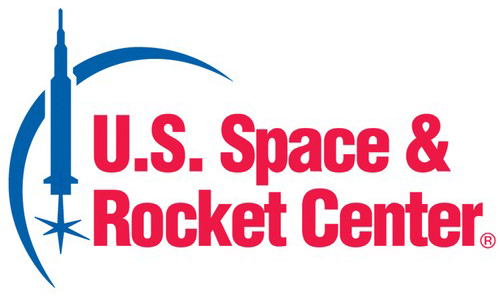
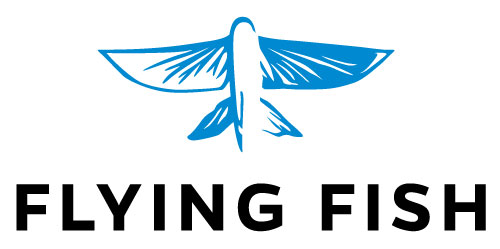
Support

